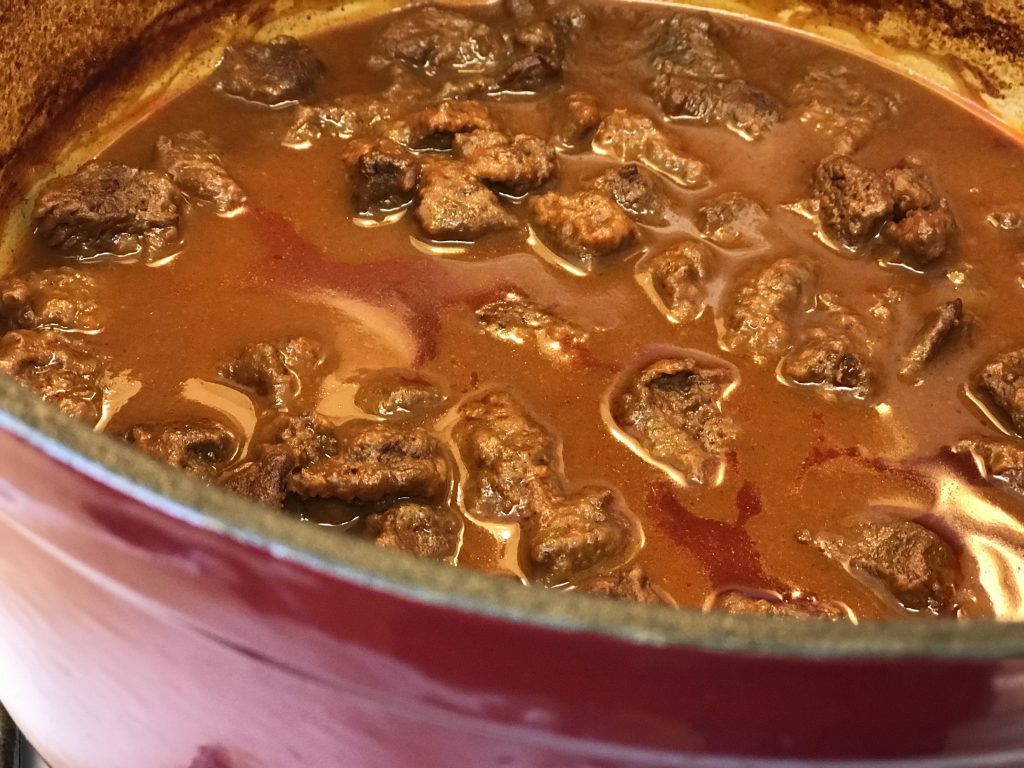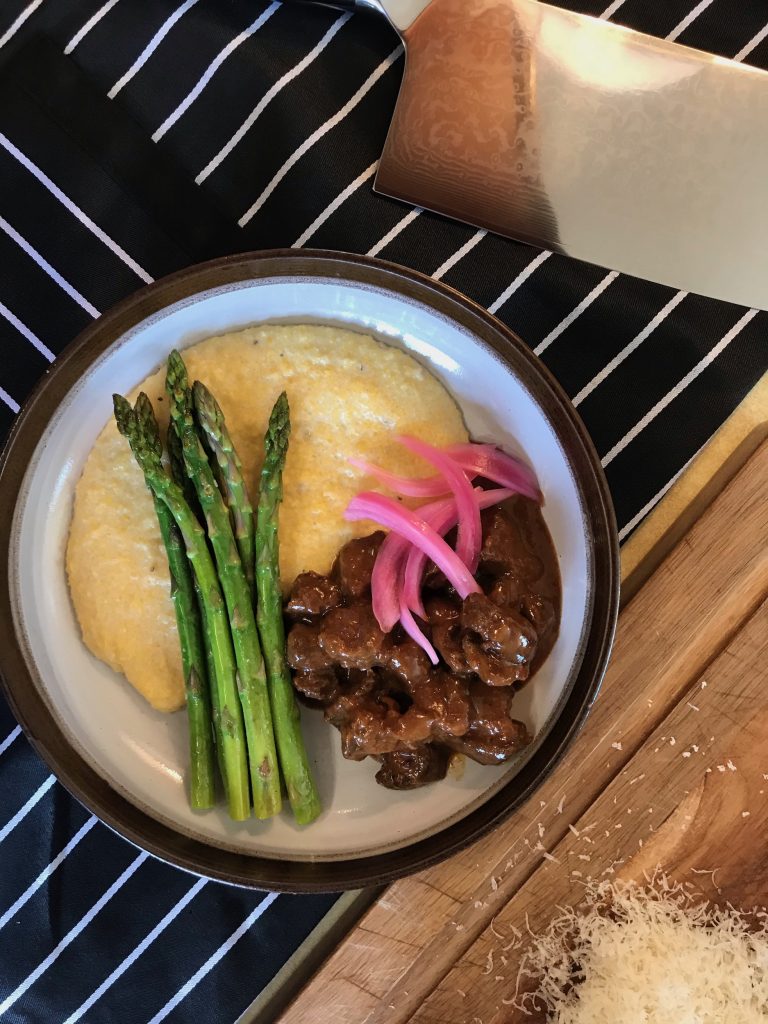My earliest memories of being fascinated by food were in my grandfather’s garden: corn towering like skyscrapers, beans climbing in slow-mo up a makeshift ladder, picking blackberries for pie but eating most of them straight from the vine. The one thing that absolutely blew me away was a Hungarian Banana Pepper. My grandfather picked two off the vine, handed me one and took a huge bite out of his. What happened next was what I can now describe as a transcendental moment in my life. A strange warmth covered my entire body, flames were rising on my tongue, my hearing was fading, and my grandpa’s laughter was coming and going. Once my head cleared and the fire in my mouth was just smoldering, I had come to the realization that I was in love. So, I took another bite.
I was about six years old at the time, and ever since I’ve found myself trapped in a steamy love affair with all things chili pepper. Like a sommelier, I’ve studied the complexities in flavor, from sweet chilis like Albino Sweets and Anaheim to the fiery varieties like Habanero and my personal favorite: the Thai Bird Chili. Much like a sommelier, I have acquired quite the collection of bottles over the years. Bottles of hot sauce, that is. I’ve recently discovered my local market sells a fermented chili paste that I had eaten in Asia, but had never seen for sale in the states, called Gochujang.
I’ve been obsessing over Gochujang so much recently that I thought I’d share one of my favorite new recipes using the Korean chili paste. Don’t be wary of the spice; it’s warming, not fiery. Chilis provide so much more than pleasurable pain. They add a necessary element to many dishes both spicy and mild. Because my friend just brought me some caribou stew meat from a hunting trip on Adak Island, I’ll be using that as my protein, but any stew meat will work. I served my Cider-Braised Caribou with a creamy buttermilk polenta and pickled onions.

Cider-Braised Caribou
- 1 lb stew meat cut into ½ inch cubes
- ½ c flour
- 1 t salt
- 1 t paprika
- 2 t cumin
- Black pepper to taste
- 12 oz dry hard cider, I used Backcountry Cider from Alaska Ciderworks in Talkeetna
- 1 T tomato paste
- 3-4 T Gochujang (fermented Korean chili paste)
- 2 c chicken stock

Preheat the oven to 325 degrees. Mix together your dry ingredients in a shallow baking tray, start with only 2 teaspoons of salt as the chili paste and the stock will also add salt you can always add more after the reduction. Pat your meat dry with a paper towel or bar towel and toss the pieces of meat in the flour mixture.
Drop the coated meat into a Dutch oven or skillet with 1-2T oil over medium high heat, turning once browned (3-4 minutes). Once the meat has been seared on a few sides remove from the pan and add the tomato paste and begin to deglaze the pan. When the tomato paste begins to darken add the cider to help get all those good bits the meat left behind, called a fond. Once you have removed the fond, add the chicken stock and reduce by one-third to one-half. The idea is to have enough liquid to barely cover the meat. Once the reduction is complete, add the meat back to the pan and seat tightly with a lid or two layers of foil. Bake for 1.5 hours or until meat is fork tender.
Pickled Onions

- 1 large red onion
- 1½ c white vinegar
- 1 T salt
- 1½ c water
- 1 T sugar
- 1 T whole black peppercorns
Peel and halve onion, slice along the “grain” and place into a mason jar with peppercorns and any aromatics you wish (carrots, thyme, rosemary, fennel, etc).
Bring remaining ingredients to a boil and immediately pour over the onions filling jar to the brim. Seal with lid and allow to cool for 1-2 hours before refrigerating. Good for 2-3 weeks in the fridge. Pro tip: you can pickle just about anything with this simple process.
Creamy Buttermilk Polenta
- 1 c dry polenta
- 1 c buttermilk
- 4½ c chicken stock
- 5 oz fresh grated parmesan
- 6 T butter
This is another recipe you want to salt at the end because the parmesan might be salty enough. In a pot over medium-high heat, bring buttermilk and chicken stock to a boil. It will look strange, but trust me it’s going to be delicious. Once the liquid has come to a full boil, slowly pour the polenta in a steady stream while simultaneously whisking to prevent clumps. Immediately turn the heat to the lowest setting and slowly cook for 20-30 minutes stirring every 5 minutes until the desired texture is reached. Turn heat completely off and add butter stirring until completely melted, then add cheese and stir. Serve immediately. Leftovers can be refrigerated and pan fried within the next week.




Comments are closed.